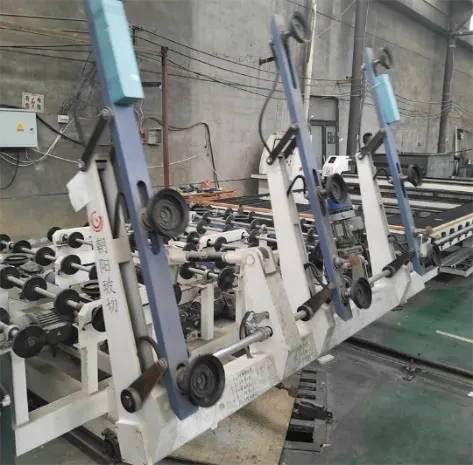Dec . 23, 2024 15:01 Back to list
Benefits of Low Iron Laminated Glass for Enhanced Clarity and Safety in Modern Architecture
Exploring Low Iron Laminated Glass A Clear Choice for Modern Architecture
In the world of architecture and interior design, materials play a crucial role in shaping the aesthetic and functional qualities of spaces. Among the myriad of options available to architects and builders, low iron laminated glass has emerged as a standout choice, particularly in contexts where clarity, safety, and UV protection are paramount. This article delves into the characteristics, benefits, and applications of low iron laminated glass, illustrating why it is becoming increasingly popular in contemporary constructions.
What is Low Iron Laminated Glass?
Low iron laminated glass is a specialized form of glass characterized by its minimal iron content, which is responsible for the greenish tint seen in standard glass. The reduction of iron levels results in a clear, high-transparency glass that enhances color accuracy and visual appeal. Laminating involves bonding two or more layers of glass with a transparent interlayer, typically made from polyvinyl butyral (PVB) or ethylene-vinyl acetate (EVA). This process not only augments the strength of the glass but also enables it to retain its integrity when shattered, preventing dangerous shards from causing harm.
The Benefits of Low Iron Laminated Glass
1. Enhanced Clarity and Aesthetics The primary attribute of low iron laminated glass is its exceptional clarity. When used in windows, facades, or skylights, it allows an unhindered view of the outside world, rendering colors in their true form and creating a vibrant atmosphere within spaces. This quality is particularly valued in high-end residential projects and commercial buildings where aesthetics are crucial.
2. Safety and Security Laminated glass is renowned for its safety features. In instances of breakage, the interlayer holds the shards together, significantly reducing the risk of injury. This characteristic makes low iron laminated glass an ideal choice for areas subject to high foot traffic, such as shopping malls, schools, and public buildings. Additionally, it provides an added layer of security against forced entry, making it increasingly popular in high-security installations.
low iron laminated glass

3. UV ProtectionAnother significant benefit of low iron laminated glass is its ability to filter out harmful ultraviolet (UV) rays. Excessive exposure to UV radiation can lead to fading in furniture, artwork, and flooring. With low iron laminated glass, spaces can enjoy natural light without the detrimental effects of UV exposure, thereby preserving the integrity of interior materials.
4. Energy Efficiency The use of low iron laminated glass also contributes to energy efficiency within buildings. Modern laminating techniques can enhance its thermal performance, helping to regulate indoor temperatures and potentially reducing heating and cooling costs. This characteristic aligns with the broader trend towards sustainable construction practices, making it an eco-friendly choice for new projects.
Applications in Modern Architecture
The versatility of low iron laminated glass means it can be applied in a variety of contexts. In commercial settings, it is often used in storefronts, curtain walls, and atriums where natural light and transparency are key. Additionally, it serves well in residential projects, particularly in contemporary designs that emphasize open spaces and abundant natural light.
In the realm of public architecture, low iron laminated glass is frequently employed in museums and galleries, where it enhances the presentation of art and exhibits while also providing necessary protection from UV rays. Its clarity and strength are also advantageous in high-rise buildings, where expansive glass facades can make striking visual statements without compromising safety or security.
Conclusion
Low iron laminated glass stands as a testament to the advancements in materials science and engineering, offering a blend of beauty, safety, and functionality. As demand for visually striking and sustainable solutions in architecture continues to rise, this innovative glass type is likely to gain even more traction among designers and builders. By harnessing the advantages of low iron laminated glass, the built environment can embrace clarity and light, creating spaces that are both inviting and secure. Whether for residential, commercial, or public spaces, low iron laminated glass is indeed a clear choice for the future of architecture.
-
Safety and Style with Premium Laminated Glass Solutions
NewsJun.24,2025
-
Reinvents Security with Premium Wired Glass
NewsJun.24,2025
-
Premium Float Glass Line for Modern Architecture
NewsJun.24,2025
-
Low Emissivity Glass for Energy-Efficient Architecture
NewsJun.24,2025
-
High-Performance Insulated Glass Solutions for Modern Architecture
NewsJun.24,2025
-
Elevates Interior Style with Premium Silver Mirror
NewsJun.24,2025
Related PRODUCTS














